
LESTER, W.Va. — Railroad companies in the early 1900s bored six tunnels through Guyandotte Mountain to extract coal from the last undeveloped coalfield in the state.
By far the most famous, the tunnel at Jenny Gap roars like a banshee when trains rumble through, though few people now remember why the tunnel gained national notoriety.
Andy Fanary, however, remembers. The owner of the Jenny Gap Campground, he frequently guides campers to the tunnels on foot or on ATVs, which are now a preferred means of exploring the forest around the gap.
"I can take you places where people haven't walked for years," Fanary says, "or I could show you the tunnels over on the Winding Gulf. There's a wilderness out there full of trails and strange places. The Jenny Gap Tunnel is certainly one of those places."
An "outlaw trail" is a trail that uses old roads, as opposed to a trail designated for all-terrain vehicle operators, such as those in the nearby Burning Rock Off-Road Park or the Hatfield McCoy Trail System.
Ghost towns and historic landmarks like the Jenny Gap Tunnel are among the reasons people visit, Fanary says. That's why he opened the campground with four cabins, RV hook-ups, and a state-of-the-art shower house.
The tunnel is obviously among the draws to the campground, and though the rails and tunnel are off-limits, the passage of a train and its lonesome whistle are reminders of one of the most fascinating events in railroad history.
Historians are apt to debate the particulars of the incident, but all seem to agree on one point: The Virginian Railway stole the tunnel from the C&O and, as a result, won the hearts of many West Virginians.
According to late historian Shirley Donnelly, both The Virginian and the Chesapeake and Ohio Railway were pitched in a battle to extend their reach through Guyandotte Mountain and into the coal-wealthy valley of the upper Guyandotte River.
The railroads set their sites on tunneling through the mountain at Jenny Gap, one of the lowest points along its 25-mile summit, a regionally important divide between the waters of the Kanawha and Guyandotte river basins.
"Both the C&O and the Virginian were as greedy as pigs to get the job of transporting the rich deposits of coal in the Slab Fork District of Raleigh County," Donnelly wrote in a Nov. 29, 1979, column in The Beckley Post-Herald.
"In 1902 both railroad's authorities began to drive tunnels at Jenny's Gap—tunnels that were merely a whoop-and-a-holler apart. Each one was headed for the Slab Fork coal deposits. The first of the tunnels was begun by the C&O, which as a result claimed prior rights on the basis that they got there 'firstest with the mostest.'"
Lawsuits were registered with the county court, which Donnelly explored.
"The decision in the court, as I read it, favored the C&O, but awarded the Virginian $11,000 for the right-of-way, but the Virginian did not take this lying down."
Read more: Log cabins: West Virginia’s ultimate historic architecture
It abandoned the tunnel and appealed to the state Supreme Court, which reversed the lower court's decision. Still, the decision could be reversed, so engineers for the Virginian plotted one of the greatest schemes in West Virginia history.
"The Virginian people didn't want any hard feelings between them and the C&O," Donnelly wrote. "[So] the Virginian engineers invited the C&O engineers to a big feast here in Beckley. The tables groaned under the weight of choice viands and other goodies. The dinner embodied everything from soup to Ex-Lax.
"While the C&O engineers were feasting sumptuously at the festival board, the engineers of the Virginian were busy as bees laying a railroad track through the C&O's tunnel. When the road through the C&O's tunnel was completed, the Virginian had ownership of the tunnel nailed down. From that moment on, the Virginian said, "It is our'n.' "
Though the tunnel and its history have fallen out of the collective memories of many in the area, Fanary will continue to underscore its importance, and members of the Raleigh County Historical Society have placed a historical marker nearby.
Legend of beast resurfaces near Fireco, West Virginia
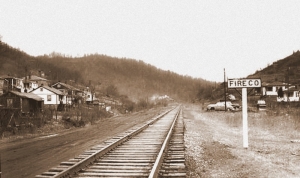
In almost every respect, the coal camp at Fireco was, as they say, the end of the line. Or nearly so. Only one small coal camp, Willibet, had been opened in the coalfield beyond. But Fireco was as far as you were likely to get in a car anyway in the 1930s when word of a prowling monster began to make the rounds. Though the tale has died away at times, historians say it has never fully died out. Read the full story here.



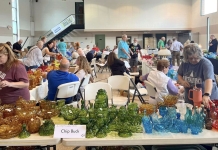
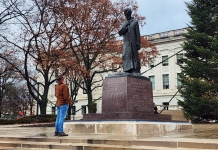
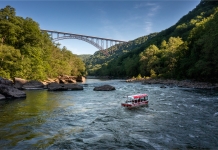
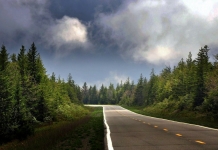
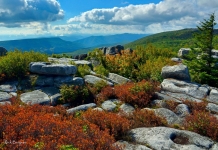
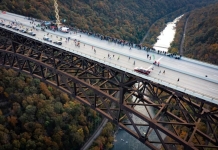


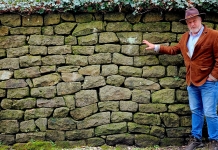

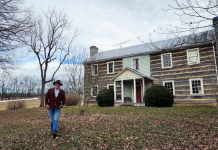
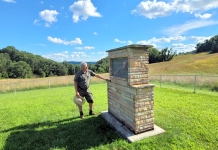

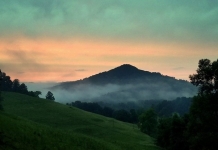








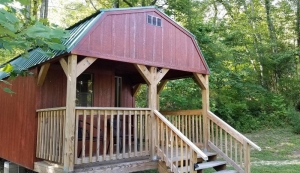
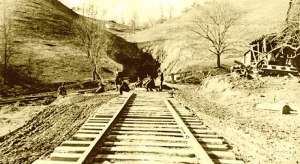




Facebook Comments